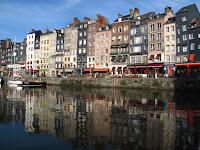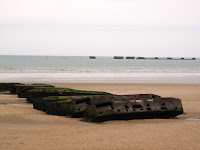 We left the comfort of Murray and Miriam's five bedroom house, and set off on Safari. Using the research done by Alan, we travelled with the Gametrackers company. We would recommend their safaris to anyone. The driver was excellent, with great knowledge, the cook made delicious
We left the comfort of Murray and Miriam's five bedroom house, and set off on Safari. Using the research done by Alan, we travelled with the Gametrackers company. We would recommend their safaris to anyone. The driver was excellent, with great knowledge, the cook made delicious  hygienic meals with a very basic camp kitchen. All meals cooked over an open fire.
hygienic meals with a very basic camp kitchen. All meals cooked over an open fire.The drive from Nairobi enters the Rift Valley, after stopping at a view-point. The drive changes from city slums, villages then to farms and scattered villages and it's not long before some exotic animals come into view.
 The biggest market village was full of people in colourful African dress, and along the way we saw fascinating slices of life – people and donkeys carrying loads, mothers with babies on their backs, men and boys minding herds of cows, sheep or goats.
The biggest market village was full of people in colourful African dress, and along the way we saw fascinating slices of life – people and donkeys carrying loads, mothers with babies on their backs, men and boys minding herds of cows, sheep or goats. The trip took about six hours to reach the Masai Mara Park gates. Then we were able to do a late afternoon safari on the way to our campsite and it was not long before we saw elephants in the middle distance then came across 3 lions lazing in the late afternoon sun. These magnificent cats were so close we could almost stroke them.
The trip took about six hours to reach the Masai Mara Park gates. Then we were able to do a late afternoon safari on the way to our campsite and it was not long before we saw elephants in the middle distance then came across 3 lions lazing in the late afternoon sun. These magnificent cats were so close we could almost stroke them.










































